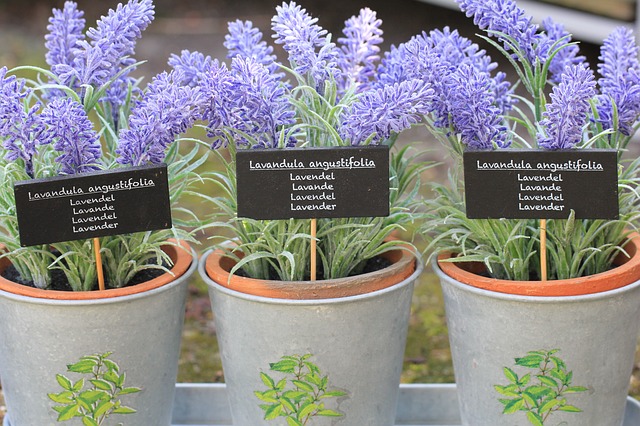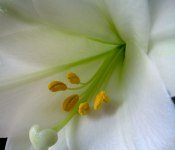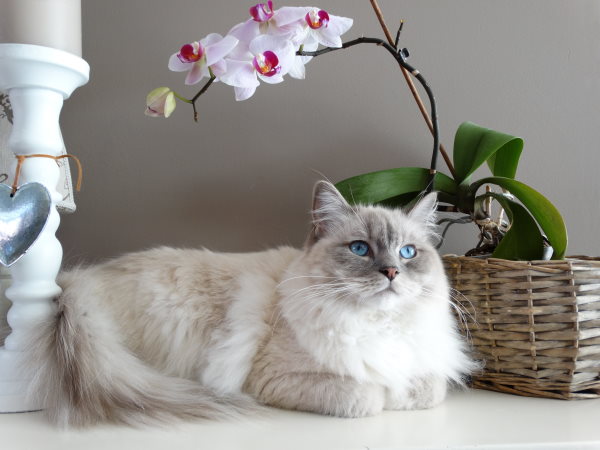Siam Tulip
Botanical Name: Curcuma alismatifolia
For tropical beauty, look no further than Siam Tulip. Its magnificent, upright flowers and handsome green foliage make a gorgeous house plant.
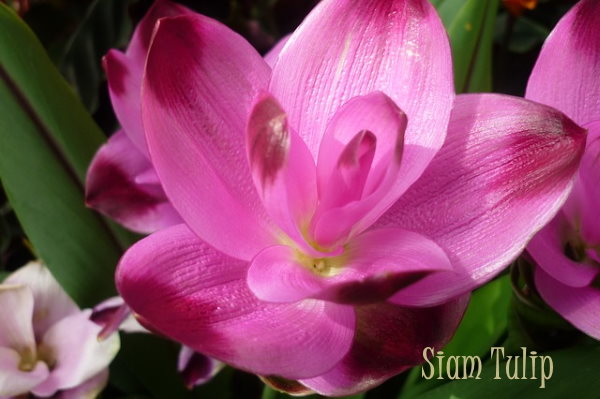
Cupped petals and tall tulip-like leaves lend the common name, but it's also sometimes called Java Tulip and Hidden Ginger.
A member of the Zingiberaceae (Ginger) family, this ornamental belongs to a diverse group, including edible plants. Siam Tulip is purely decorative. In fact, it is poisonous to cats and dogs. The good news is, if you grow it on your patio, deer won't touch it.
Once a rare tropical plant, Curcuma alismatifolia is gaining in popularity and is now available from online nurseries in spring and summer. You may find it at your local garden center, if you live in a tropical region.

You'll sometimes find Siam Tulip already in bloom as a gift plant. However, they're so easy to grow from rhizomes, you can easily grow your own plant and save money.
Plant rhizomes in spring and you'll enjoy those big, dramatic blooms in summer. There's even a hidden surprise: In addition to the beautiful pink blooms, small violet flowers emerge from the bracts, adding to its charm.
Native to Thailand, this tropical perennial is perfectly suited to indoor living in colder climates. It grows well in a pot. Plant Siam Tulip in a well-drained mix, and set in a bright location, out of direct sunlight.
Shed some light. Put your flowering plant where it'll get plenty of light, but out of direct sun. If you don't have a spot near a window, fluorescent light works fine. Use 1 warm white tube and 1 cool white tube under a reflector. Place plant about 8 inches (20 cm) beneath the light for 14-16 hours a day.
Deadhead spent blooms. Deadheading isn't necessary to keep Siam Tulips blooming, but it will keep plants looking their best. Cut off any dead flower heads and dried foliage.
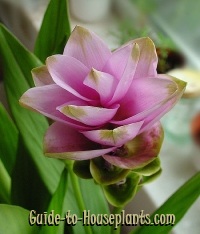
Give it a winter rest. Curcuma alismatifolia will go dormant. Beginning in autumn, decrease watering to allow the leaves to die back naturally. Stop fertilizing during this time. Keep the plant dry and cool (55°F/13°C) until the following spring.
Pot rhizomes in early spring. Pot rhizomes in fresh potting mix, about 1 1/2- inches (4 cm) deep. For a fuller planting, plant 2 to 3 rhizomes in an 8-inch (20 cm) pot. Water thoroughly and keep warm.
Siam Tulip Care Tips
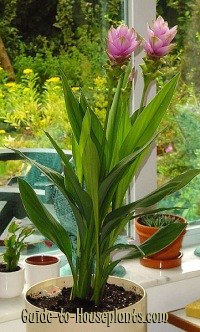
Origin: Thailand
Height: 2 ft (60 cm)
Light: Bright indirect light. These tropical flowers need plenty of bright light to bloom, but keep them out of hot direct sunlight, which can scorch their leaves.
Water: Keep the soil lightly moist during the growing season. Use a pot with a drainage hole to prevent soggy soil, which will cause the rhizomes to rot.
Humidity: Moderate to high, preferably 50-70% relative humidity. Use a pebble tray or a cool-mist room humidifier to increase the moisture in the air. Grouping tropical plants also helps to maintain the humidity around them.
Temperature: Keep at 65-75°F/18-24°C during the growing season. In winter, keep dormant rhizomes cool (55°F/13°C). This tropical native won't tolerate freezing temperatures.
Soil: Rich, humusy potting mix
Fertilizer: Feed monthly with a 10-20-10 liquid fertilizer diluted by half while plant is growing and flowering.
Propagation: Divide rhizomes in spring.
